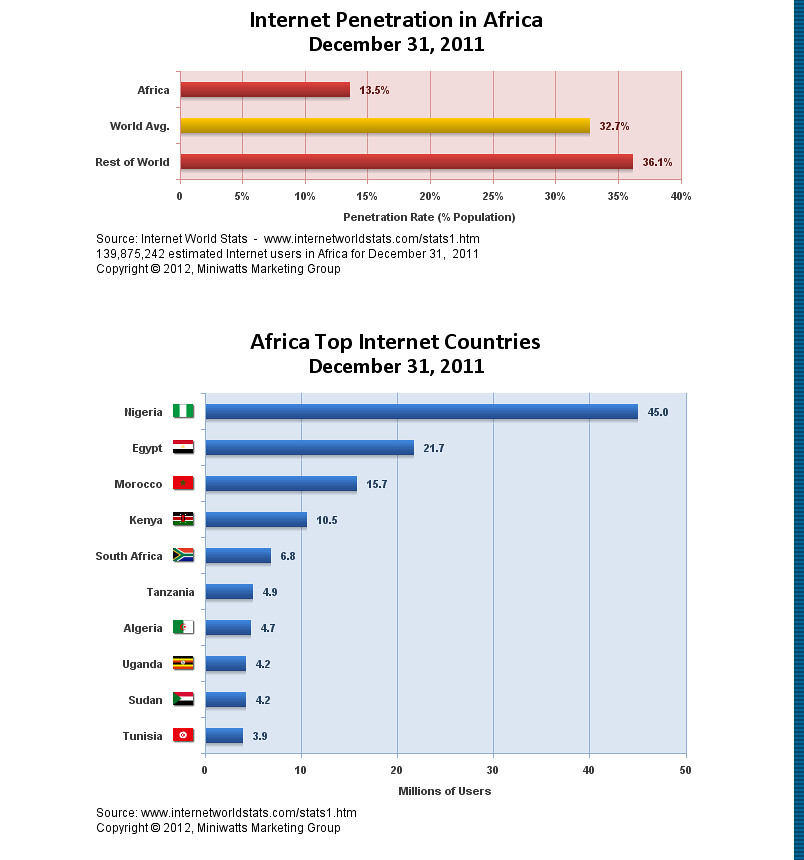Shinto
JF-Expert Member
- Dec 6, 2010
- 1,781
- 96
Washikaji kama muna cheki hiyo middle class kwa kuangalia shopping za kwenye malls na supermarkets, najua kwa nini Kenya inaongoza! Kenya hasa Nairobi ni makao makuu ya mashirika na kampuni nyingi za kimataifa. Obviously wanalipwa mishahara mikubwa na can afford to go shopping! Wakenya halisi up to 6M in Nairobi wapo kwenye biggest slum in the world ... KIBERA! Zinazobaki ni bed-time stories!

